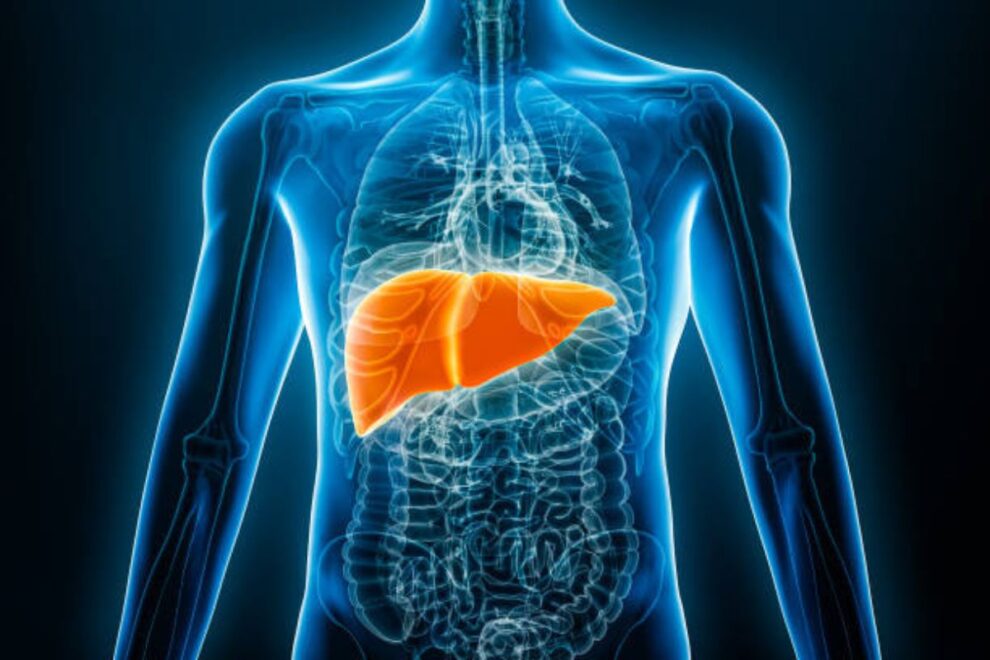Sigmoid Colectomy in India: Advanced and Affordable Colon Surgery
Even if the ends are joined following the first sigmoid-colectomy surgery, a colostomy is usually necessary for short-term use to keep the waste from the bowel while the reattachment is healing.


Free Doctor Opinion

Personalized care with a warm interaction with the patient
- Achieving outstanding success rates through our dedicated care approach.
- Equipped with the latest technology to ensure optimal treatment outcomes.
- Our expert team provides exceptional healthcare with experience.
- Offering 24/7 assistance for your health needs and concerns.
- Providing quality treatment at reasonable costs for every patient.
- Contact us Email ID:[email protected]
- Call us: +91 9029304141
The operation in India
You will have a general anaesthetic, and will be asleep for the whole operation.
Want to know about the Treatment hospitals in India? Take a free second opinion – click here
Or email at [email protected] / Call +91 9029304141
A cut is made in the skin in the middle lower part of the abdomen about 40cm (15 inches) long. The left side of the colon loop and the upper rectum are freed from the inside of the tummy. The diseased part is cut out and usually the ends are joined together. Sometimes it is safer if the ends are not joined together. Sigmoid Colectomy in India Then the bowel waste is channelled through the bowel which opens in the front of your tummy (a colostomy), and you need to wear a bag. This looks like a big nipple of pink bowel stuck to the tummy skin. Usually the ends are joined up at a later date.
Sometimes the ends are joined up at the first operation, but a short-term colostomy is made as well. This keeps the bowel waste away from the join while it is healing up.
You should plan to leave hospital two weeks after the operation. Very rarely, if the problem area is in the lower part of the rectum, at operation, the back passage may need to be removed as well. You would be warned about this before the operation.
Possible Complications
As with any operation under general anaesthetic, there is a very small risk of complications related to your heart and lungs. The tests that you will have before the operation will make sure that you can have the operation in the safest possible way and will bring the risk for such complications very close to zero.
Complications are unusual but are rapidly recognised and dealt with by the surgical staff. If you think that all is not well, let the doctors or the nurses know. Chest infections may arise, particularly in smokers or obese patients. Getting out of bed as quickly as possible, being as mobile as possible and co-operating with the physiotherapists to clear the air passages is important in preventing infection. Do not smoke.
Occasionally the bowel is slow to start working again. This requires patience. Your food and water intake will continue through your vein tubing until you pass wind or open your bowels. Sometimes there is some discharge from the drain by the wound. Wound infection is sometimes seen. This happens relatively more frequently in any bowel operation compared to other ‘clean’ operations such as taking out your gallbladder and the reason is that the bowel has many bugs that can cause an infection. The infection settles down with antibiotics in a week of two.
Very rarely, during the operation, another part of your bowel, your bladder or a blood vessel can be damaged and this may require another operation to deal with the problem.
One potential major complication is a leak from the area where the two parts of your bowel were put back together. The chance of a leak is up to 15% and is more frequent in patients whose wounds take longer to heal such as elderly people, diabetics and patients suffering from cancer. If a leak happens you will stop eating and drinking for several days until the bowel heals completely. In the meantime you will be given all the food and water you need via a catheter in one of your veins. This often corrects the problem but sometimes another operation is needed to control the leak.
Aches and twinges may be felt in the wound for up to six months. Occasionally there are numb patches in the skin around the wound which get better after two to three months. If you have a colostomy, you will be given help and advice from the stoma nurses
Chemotherapy in India
After the surgeon removes the section of the colon, a pathologist evaluates the cancer under a microscope. If the pathologist sees evidence that cancer has spread to the lymph nodes, or if the cancer is a type that grows quickly, the oncologist will usually recommend further treatment with chemotherapy.
Follow-up Care
After a colectomy, bowel movements might be more frequent. Bowel movements usually become more normal after one year. Your doctor can recommend a bowel care plan to help normalize bowel movements.
The most common time a cancer recurs is within the first two years following diagnosis and treatment. Follow-up care with the surgeon, gastroenterologist and oncologist is important. Periodic checkups may include a physical exam, blood tests, colonoscopy, CT scan or PET scan.
Wish to know our Cosmetic Surgery skills, send us your message – click here
Or email at [email protected] / Call +91 9029304141
Read Also :-
- Stenting for GI Tract Surgery: A Minimally Invasive Solution in Digestive Health
- Surrogacy Agency in India: Professional Guidance for Your Parenthood Journey
- Sigmoidoscopy Surgery in India: Early Detection and Affordable Care for Colon Health
- Advanced Spondylosis Surgery in India: Procedures, Costs & Leading Hospitals
- Stenting for GI Tract Surgery: A Minimally Invasive Solution in Digestive Health
Committed To Build Positive, Safe, Patient Focused Care.
High Quality
Care
Home Review
Medicine
All Advanced
Equipment
Book An Appointment

At We Care India, we offer complete medical services for your entire family, from routine check-ups to injury care, ensuring personalized attention and expert assistance for all your health needs.


